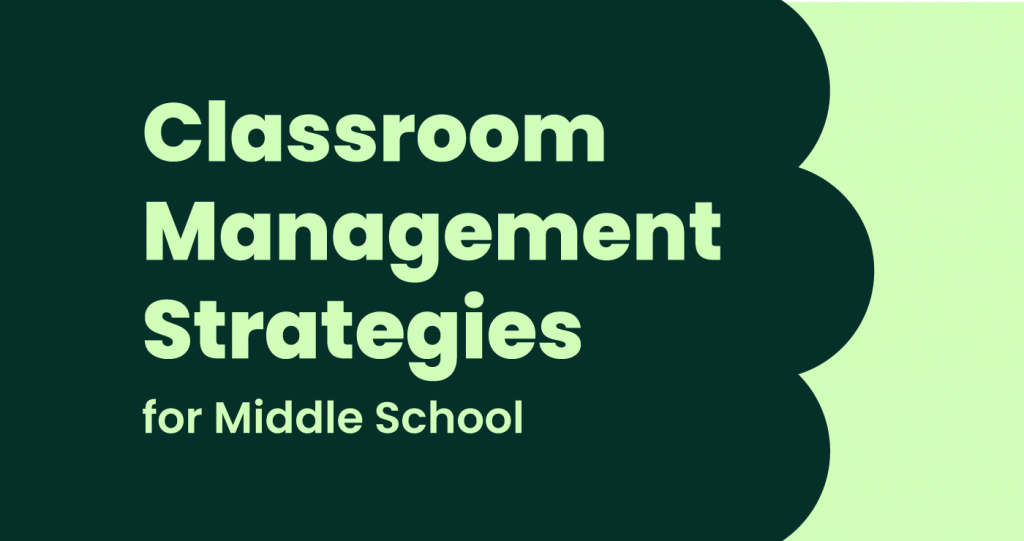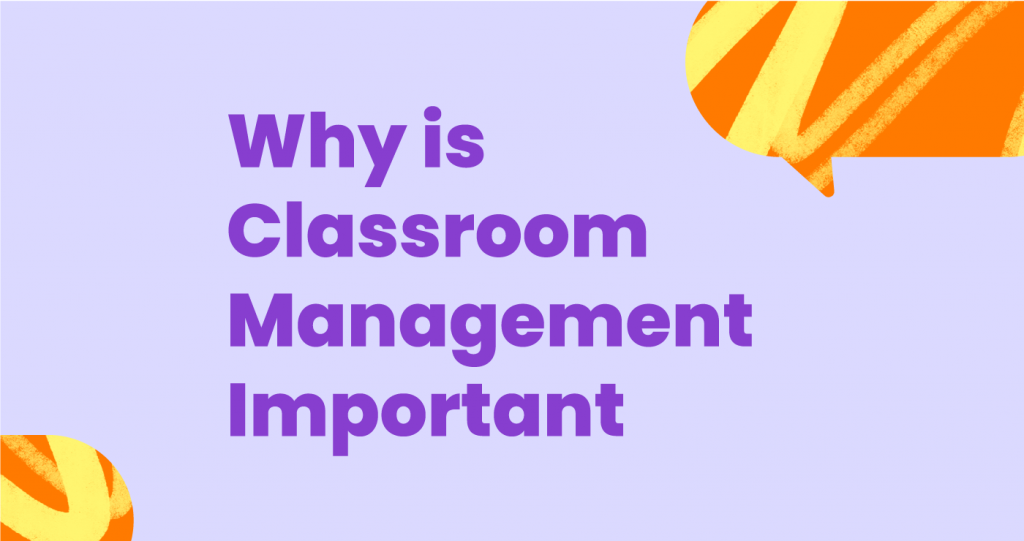Alongside academic achievements, high school should set students up for more independent study at college or university, or to find employment. So, classroom management strategies for high school classes need to allow room for independence, self-management, and keeping order.
For high school teachers, it’s a delicate balance between developing their students’ independence and ensuring that the classroom environment is conducive to learning. Classroom management is crucial to maintaining this balance.
Taking an authoritative approach is often thought to be the best classroom management style, and for teaching high school, it can work well as a balanced approach.
Five high school classroom management strategies for a successful classroom
Set clear expectations for the class
Like in elementary school and middle school classes, high school students still need to have clear rules set.
For high schoolers, these might be more complex than for middle school students and include rules around not only student behavior but also expectations around assessments and self-directed learning, and the level of student engagement you expect in class.
But they still need to be decided at the start of the school year and clearly communicated. Make sure your entire class takes part in developing the rules so that everyone has a say and feels part of the group. This makes it more likely that students will adhere to the classroom rules during the year and create a positive learning environment. It’s a great activity to do on the first day of school alongside some getting-to-know-you activities.
Use positive reinforcement
Using positive reinforcement helps to promote the behavior that you want to see. It also helps to build self-esteem and motivation.
Remember to make your positive feedback age appropriate. High school students might not respond as well to treats or certificates as elementary school students.
Suitable options for older students might include free time in class or getting to choose the music for the day.
Develop strategies for disruptive behavior
You might dream of only seeing good behavior in your class, but even the best classroom teachers have to deal with disruptive behavior sometimes. So you need to be ready to react to misbehavior.
When a high school student misbehaves, it can be an opportunity to put the ball in their court. Instead of simply punishing the bad behavior or telling them what to do, ask the student how to fix it.
Asking them a series of questions about their behavior can help them reflect on their actions. Try asking:
- What are you doing?
- What task are you supposed to be doing right now?
- Why aren’t you on task?
- What are you going to change to ensure you can concentrate on doing it in the future?
You may need to prompt the student to formulate their answers but give them a chance to work it out for themselves and come up with their own strategies for positive behavior. Try to avoid bringing students to the front of the class to call them out for bad behavior. For many teenagers, this can be humiliating but, if they enjoy the attention, it may just encourage them to behave in this way more often.
Build good relationships
During the teenage years, it’s important for students to have good role models and positive relationships with a range of people.
While you may not want to get too involved with your students’ home lives, developing a good student-teacher relationship helps them to feel included. Building relationships can also help you with classroom management, as students are more likely to feel well-inclined toward you.
As part of your classroom management strategy, aim to create a safe space where students feel comfortable discussing issues, including any physical or mental health issues.
Help students manage transitions
High school has many transitions during the day, often involving students moving from one place to another.
Think about greeting your students at the door at the beginning of class. It doesn’t have to be fancy — even knowing and pronouncing all your students’ names correctly will help build a connection.
If you run a homeroom class, you might want to include strategies that help students with time management skills to ensure they make all their classes on time.
Learning classroom management techniques
If you are a new teacher, it can be daunting to deal with disruptions to class and know how to put in place effective classroom management strategies.
Talking to more experienced teachers can help, as can asking for some professional development in this area. Putting classroom management strategy notes into your lesson plans can also help you to remember strategies for specific situations.








